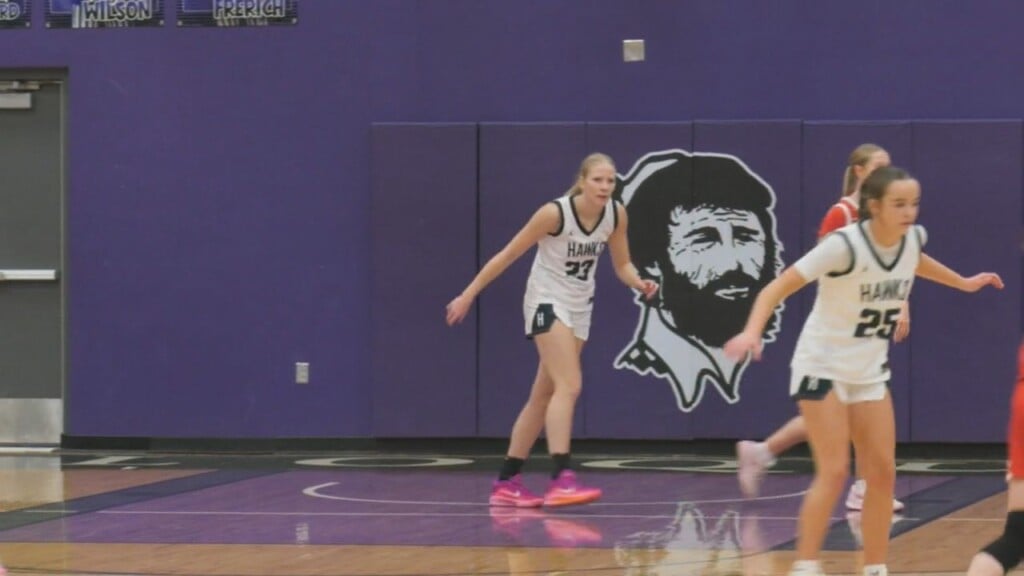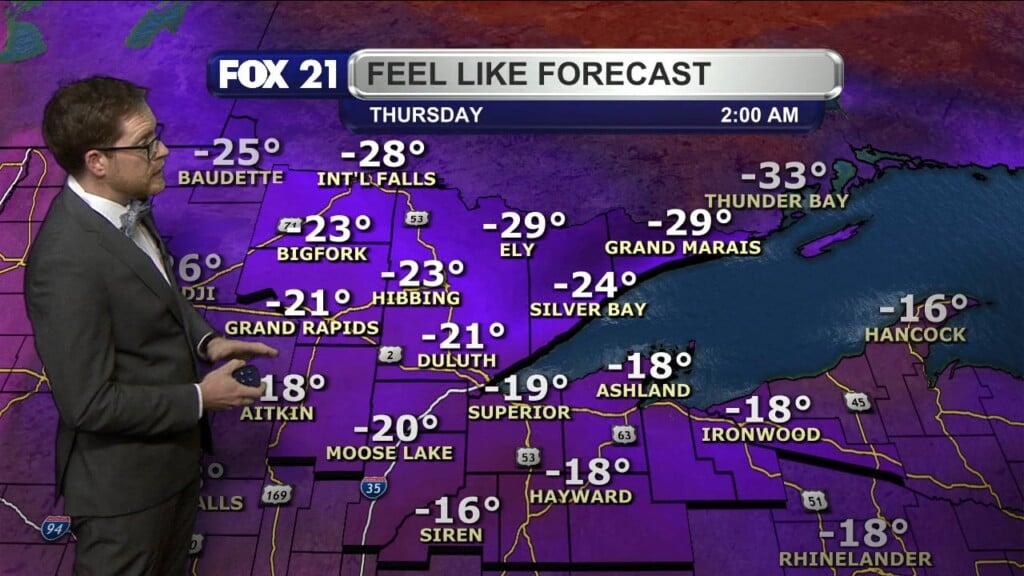Bus Drivers Needed Across the Northland
Many school districts are struggling with a bus driver shortage
TWO HARBORS, Minn. – More bus drivers are needed.
It’s a nationwide problem affecting many school districts in the Northland.
“I drive a morning route, I’ve done afternoon shuttles, I drive an afternoon route, I’ve done sports trips, I’ve done a combination of everything,” explained Dennis Wagner, the bus dispatcher for Lake Superior School District based in Two Harbors.
“It’s a very fulfilling job,” said Wagner. “You get an attachment with the kids you’re transporting that’s pretty unbelievable.”
Despite the job being one that many long-time drivers love, the school district can’t find enough people to fill open positions for full-time and substitute drivers.
“If we have a cold, we will be short a driver,” said Bill Crandall, Superintendent of Lake Superior and Cook County School Districts.
They’ve had to get creative to make sure kids get to school and other activities.
“We’ve been looking at seeing if any of our teachers are interested, we’ve talked to our coaching staff to see if we can get a coach in every one of the activities to get their license so we can make sure that the kids are getting to the different events,” said Crandall.
Schools are advertising on parked buses, billboards, and in newspapers to get the word out that drivers are needed.
“On the whole, there’s not that many problems,” said Wagner. “The longer you drive and the longer you do this you learn ways to connect with kids so you can eliminate a lot of problems before they even start.”
At Lake Superior School District, route drivers’ pay starts at eighteen dollars per hour. Subs start at fifteen per hour.
Wagner tells us paying drivers hourly, even for down time at evening activities, has helped them recruit.
“Even that, going to the straight wages, has made it more attractive to some of the sub drivers right now so that does make a difference,” said Wagner.
The problem crosses state lines into Wisconsin.
At the School District of Maple, this is the first year in several school years they don’t have a shortage of substitute bus drivers.
“My husband also has his bus driver license and to keep peace in our family, he has volunteered to be a part of the subs (cut section out) and this is the first year ever where he’s never been called,” said Dr. Sara Croney, Superintendent of the School District of Maple.
Maple’s transportation director, Lester Wiese, tells us the shortage is because of a changing economy. He says the position has to be competitive with other available full time jobs.
“The school bus driver years ago used to be a part time farmer type guy that could work in the mornings a couple hours and work in the afternoon a couple hours. That’s going away with the economy going on now,” said Wiese. “The drivers have to support their families and if they only work part time that’s not enough income.”
When Wiese started four years ago, his district had no substitute drivers.
They’ve now filled all those positions and have eight subs available.
“The bus drivers that love it, they love it,” said Wiese.
Maple credits its increase in drivers to more aggressive advertising and making drivers feel appreciated.
“When our bus drivers are feeling supported then it makes their day of driving the bus their first and foremost and safety can continue,” said Croney.
Districts are also offering educational opportunities for interested candidates to get the necessary training.
“We’ll take you from start to finish,” said Wagner. “If you’ve never driven anything bigger than a Toyota, that’s no big deal. We’ll bring you in here, we’ll show you every bit of what you need to know about getting licensed.”
A commercial driver’s license, school bus endorsement, and passenger endorsement are needed to drive a school bus.
“We train in house,” said Wiese. “It usually takes us about four to six weeks to get a full time bus driver trained up.”
School systems have contracted with private businesses like Voyageur Bus Company in Duluth to pick up the slack, but that can get expensive.
To solve the nationwide problem, more my have to be done by individual districts and at the state level to make bus driving a more desirable field in the twenty-first century.
“They think oh I’m not fit for dealing with kids. When you get down to it, they’re kids. They just want to talk to people and have a relationship and all of our drivers do that very well,” said Crandall.





